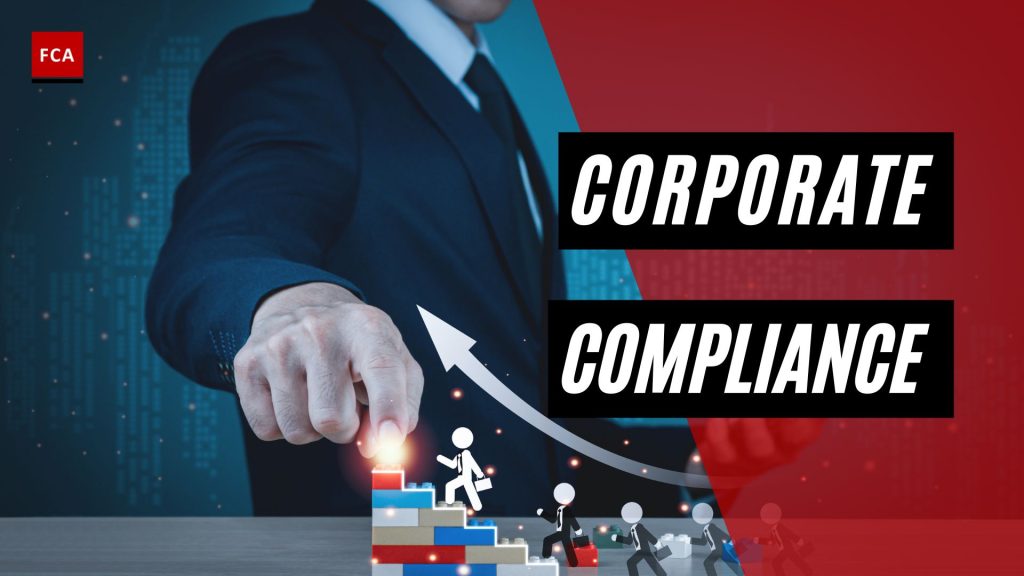Una estructura de gobierno sólida es la base de un programa eficaz de Cumplimiento Corporativo. Incluirá que la Junta Directiva y la Alta Dirección establezcan el tono en la parte superior, contraten a un CCO calificado y doten adecuadamente de recursos a las tres líneas de defensa. En una organización como un banco o una institución financiera, la Junta Directiva es principalmente responsable de establecer una cultura de cumplimiento sólida e implementar el programa de cumplimiento.
El «tono en la cima» es un compromiso público en los niveles más altos del banco para cumplir con los requisitos regulatorios como parte de su misión central y el reconocimiento de que esto es fundamental para el marco general de gestión de riesgos de la compañía.
Para garantizar una supervisión adecuada de la cultura de cumplimiento, la Junta Directiva forma un subcomité a nivel de junta para monitorear periódicamente las prácticas de cumplimiento y las medidas tomadas por la administración.
La Junta Directiva puede delegar la responsabilidad al Comité de Cumplimiento Corporativo a Nivel de Junta o BCCC. Los miembros de BCCC realizan periódicamente reuniones de cumplimiento, donde se revisan y discuten problemas de cumplimiento significativos, incumplimientos y nuevos requisitos reglamentarios.

Subcomité de Cumplimiento Corporativo a Nivel de Junta
La Junta garantiza que se mantenga una sólida cultura de cumplimiento y un entorno de control. La Junta proporciona supervisión y orientación al Comité de Cumplimiento y a la Alta Dirección para implementar el programa de Cumplimiento y las políticas aprobadas por la Junta. La administración forma el conjunto de procesos, líneas de informes, sistemas y estructuras que proporcionan la base para llevar a cabo los requisitos reglamentarios en toda la organización. El entorno de control se relaciona con el compromiso de la gerencia y los empleados con la integridad y los valores éticos.
Para que los controles internos sean eficaces, un entorno de control adecuado debe demostrar los siguientes comportamientos:
- La Junta revisa periódicamente las políticas y procedimientos y vela por su cumplimiento;
- La Junta Directiva determina si existe un sistema de auditoría y control para probar y supervisar periódicamente el cumplimiento de las políticas y procedimientos de control interno e informar a la Junta Directiva de los casos de incumplimiento;
- La Junta garantiza la independencia de los auditores internos y externos, de modo que la auditoría interna informe directamente al comité de auditoría de la Junta, que es responsable ante la Junta, y que el auditor externo interactúe con dicho comité y presente una carta sobre asuntos de gestión directamente a la Junta;
- La Junta vela por que se adopten las medidas correctivas apropiadas cuando se informa de casos de incumplimiento y por que se haya mejorado el sistema para evitar errores o equivocaciones recurrentes;
- Los sistemas de información de gestión proporcionan información adecuada a la Junta para que ésta pueda tener acceso a los registros si surge la necesidad;
- La Junta y la Administración aseguran la comunicación de las políticas de cumplimiento dentro de la organización;

La Junta forma un subcomité de la Junta, conocido como el Comité de Cumplimiento de la Junta o BCC, para proporcionar una supervisión sólida al Comité de Cumplimiento y a la Administración, para garantizar la implementación efectiva y continua de los requisitos reglamentarios aplicables.
El BCCC garantiza que la administración implemente el Programa de Cumplimiento aprobado por la junta para un cumplimiento efectivo. El BCCC forma un Comité de Cumplimiento de nivel de gestión conocido como el «Comité Central de Cumplimiento» o CCC. El CCC trabaja en nombre del BCC, revisando regularmente y proporcionando comentarios apropiados a la gerencia y los empleados con respecto al perfil general de cumplimiento de la organización.
El MCC incluye a todos los jefes de departamento como miembros del mismo, y se reúnen periódicamente para discutir el estado de cumplimiento de sus respectivos departamentos. El CCO sirve como secretario del BCC. El CCO prepara y presenta la agenda de la reunión del BCC ante los miembros del BCC antes de cada reunión periódica.
Reflexiones finales
Un comité de cumplimiento, en su forma más básica, es un grupo de ejecutivos internos de una empresa que pueden ayudar a la empresa a cumplir con sus obligaciones de cumplimiento normativo. El comité intenta asegurarse de que la empresa está haciendo todo lo que se supone que debe hacer para cumplir con esas obligaciones, y nada que no deba hacer para violarlas.








